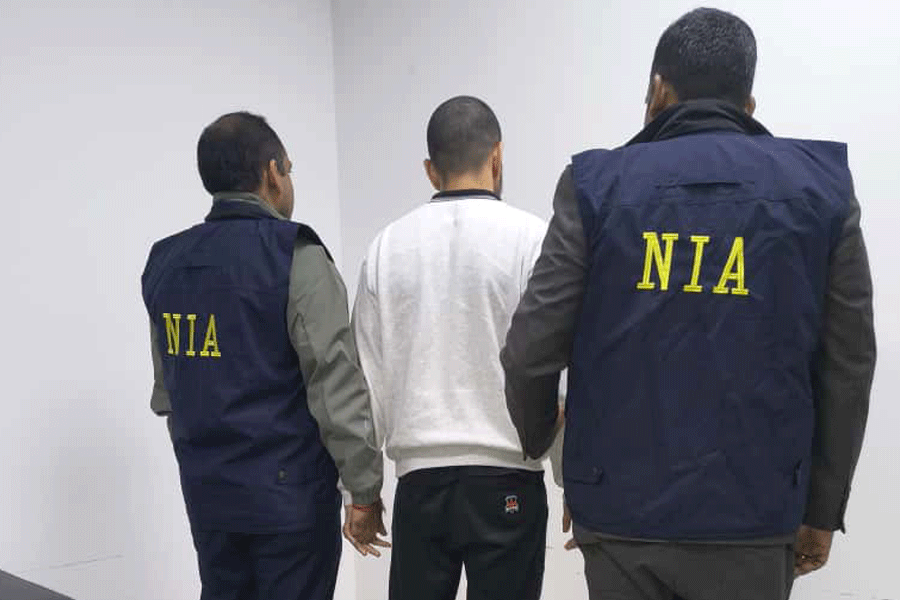We’ve all seen it, we’ve all cringed at it, we’ve all done it ourselves: talked to a baby like it was, you know, a baby.
“Ooo, hellooooo baby!” you say, your voice lilting like a rapturously accommodating Walmart employee. Baby is utterly baffled by your unintelligible warble and your shamelessly doofus grin, but “baby so cuuuuuute!”
Regardless of whether it helps to know it, researchers recently determined that this sing-songy baby talk — more technically known as “parentese” — seems to be nearly universal to humans around the world.
In the most wide-ranging study of its kind, more than 40 scientists helped to gather and analyse 1,615 voice recordings from 410 parents on six continents, in 18 languages from diverse communities: rural and urban, isolated and cosmopolitan, Internet savvy and off the grid, from hunter gatherers in Tanzania to urban dwellers in Beijing.
The results, published recently in the journal Nature Human Behaviour, showed that in every one of these cultures, the way parents spoke and sang to their infants differed from the way they communicated with adults — and that those differences were profoundly similar from group to group.
“We tend to speak in this higher pitch, high variability, like, ‘Ohh, heeelloo, you’re a baaybee!’” said Courtney Hilton, a psychologist at Haskins Laboratories at Yale University and a principal author of the study.
Cody Moser, a graduate student studying cognitive science at the University of California, Merced, and the other principal author, added: “When people tend to produce lullabies or tend to talk to their infants, they tend to do so in the same way.”
The findings suggest that baby talk and baby song serve a function independent of cultural and social forces. They lend a jumping off point for future baby research and, to some degree, tackle the lack of diverse representation in psychology. To make cross-cultural claims about human behaviour requires studies from many different societies. Now, there is a big one.
Scientists have long argued that the sounds humans make with their babies serve a number of important developmental and evolutionary functions. As Samuel Mehr, a psychologist and director of The Music Lab at Haskins Laboratories who conceived the new study, noted, solitary human babies are “really bad at their job of staying alive”. The strange things we do with our voices when staring at a newborn not only help us survive but teach language and communication.
For instance, parentese can help some infants remember words better, and it allows them to piece together sounds with mouth shapes, which gives sense to the chaos around them. Also, lullabies can soothe a crying infant, and a higher pitched voice can hold their attention better. “You can push air through your vocal tract, create these tones and rhythms, and it’s like giving the baby an analgesic,” Mehr said.
In the study, the sounds of parentese were found to differ in 11 ways from adult talk and song around the world. Some of these differences might seem obvious. For instance, baby talk is higher pitched than adult talk, and baby song is smoother than adult song.
But to test whether people have an innate awareness of these differences, the researchers created a game — Who’s Listening? — that was played online by more than 50,000 people speaking 199 languages from 187 countries. Participants were asked to determine whether a song or a passage of speech was being addressed to a baby or an adult.
The researchers found that listeners were able to tell with about 70 per cent accuracy when the sounds were aimed at babies, even when they were totally unfamiliar with the language and culture of the person making them.
“The style of the music was different, but the vibe of it, for lack of a scientific term, felt the same,” said Caitlyn Placek, an anthropologist at Ball State University who helped to collect recordings from the Jenu Kuruba, a tribe in India. “The essence is there.”
The study’s acoustic analysis also listed out these worldwide characteristics of baby and adult communication in a way that brought on new questions and realisations.
For instance, people tend to try out many different vowel sounds and combinations when talking to babies. This happens to be quite similar to the way adults sing to each other around the world. Baby talk also closely matches the melody of song —“the ‘songification’ of speech, if you like,” Dr Hilton said.
New York Times News Service










